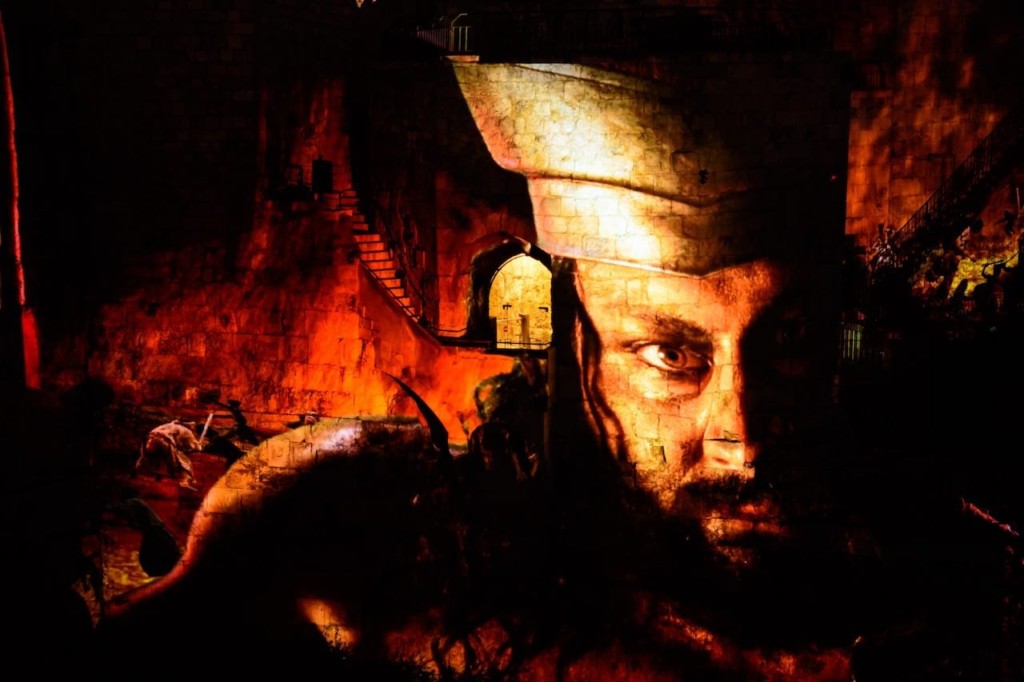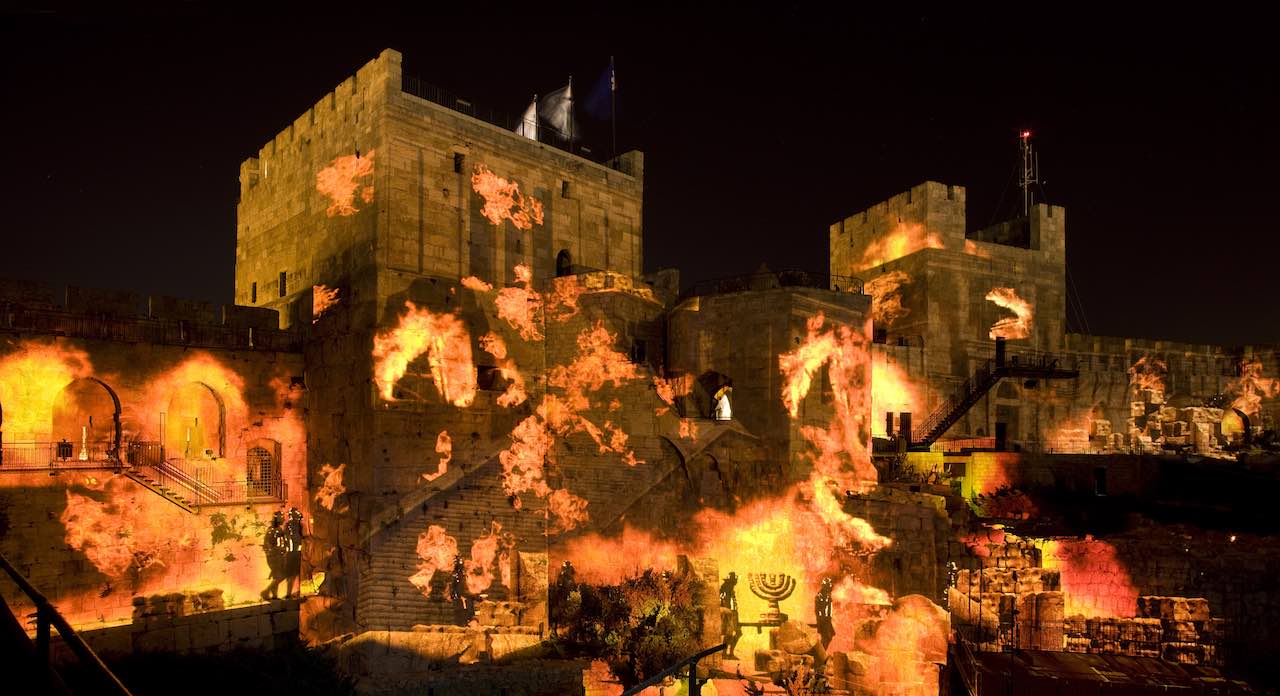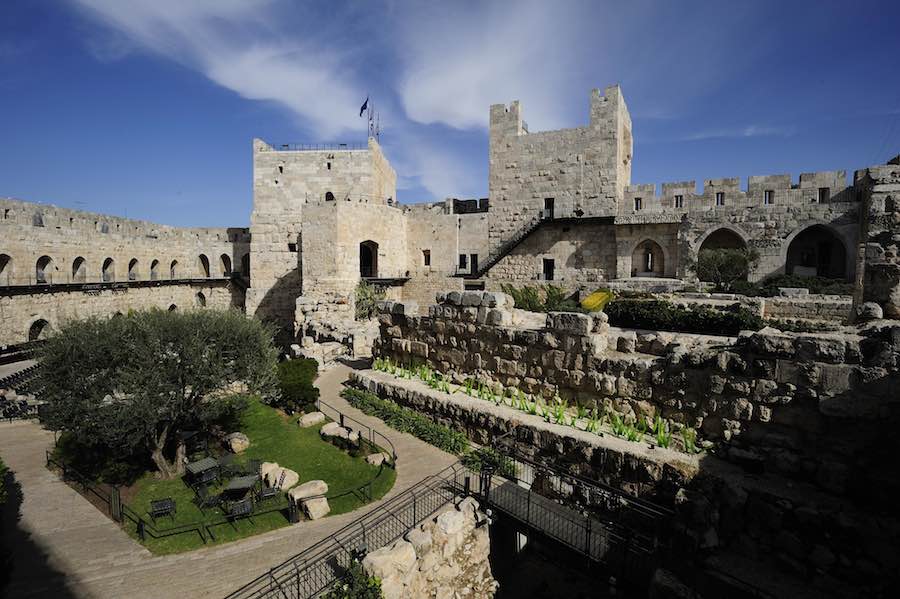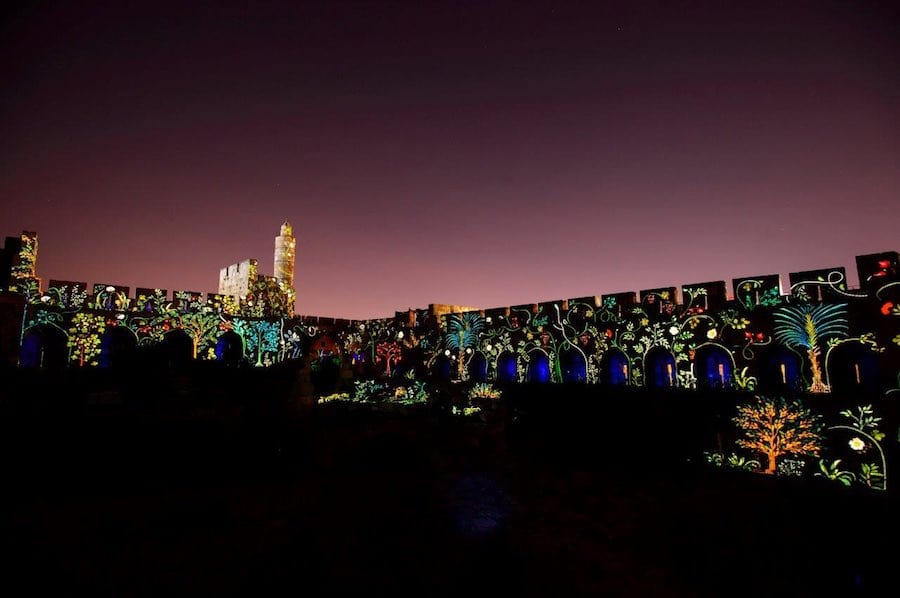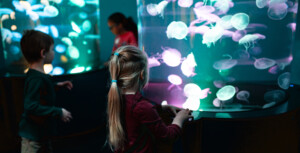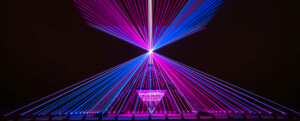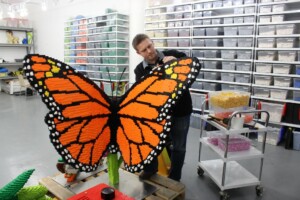As Jerusalem’s Tower of David Museum prepares to undergo a $40 million dollar renovation, Blooloop talks to museum curator and director Eilat Lieber. She discusses the museum’s extension plans alongside its origins and her own pathway to curation.
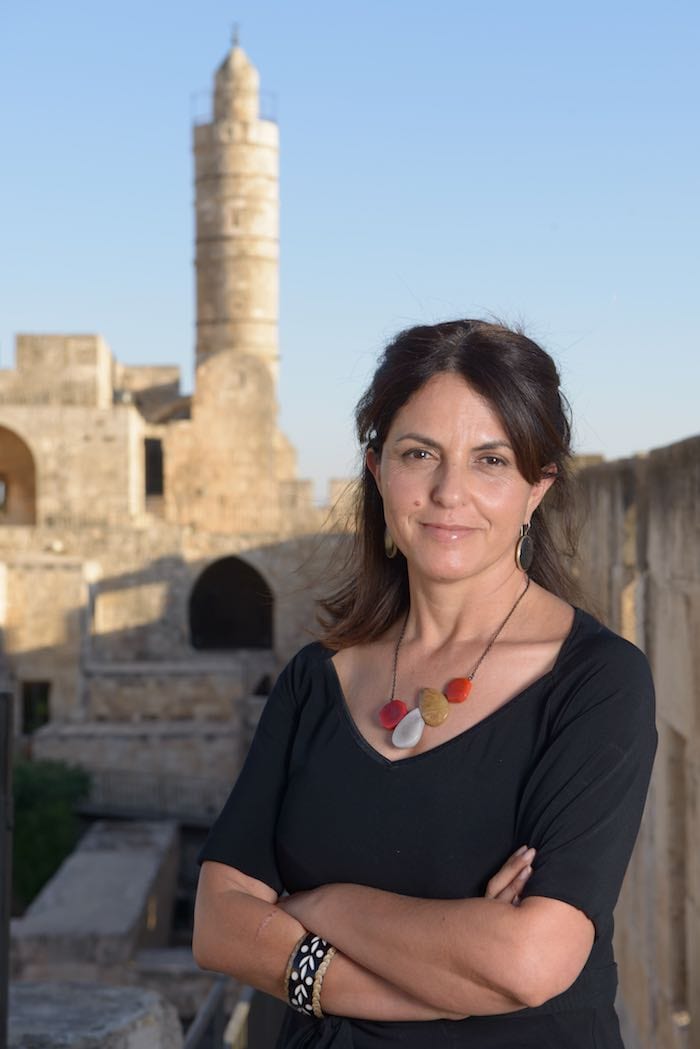
Eilat Lieber first came to Jerusalem as a young tour guide, undertaking her mandatory national service in the field rather than in the army. Although her family had originally come from Jerusalem, Lieber’s parents had moved away from the city when she was very young.
Fascinated by Jerusalem’s turbulent and complex history, she made the decision to live and work in the city, ending up at the Tower of David Museum.
See also: Tower of David Museum introduces MARS smart storytelling
After her service, she attended the Bezalel Academy of Art. Her initial aim was to become an industrial designer, specialising in exhibition design for museums.
However she swiftly realised she was more interested in the content of museums, so she trained as a curator. Her first post was at the then fledgling Tower of David Museum housed in a citadel built by King Herod over 2,000 years ago.
“It was 1989 when the Tower of David Museum opened to the public, [showcasing] the history of Jerusalem,” she says. “It was inspiring to learn how to create a different sort of museum, a historical one, but without collections, just through interpretation.”
A different sort of museum
Unlike many museums that use their collection of artefacts to engage visitors, the Tower of David Museum broke with tradition to tell the story of the history of Jerusalem via models and dioramas.
“My first position at the tower of David Museum was as the director of the education department,” says Lieber. “It was the most important department because this is not just a museum, but an archaeological site. From the beginning I had to develop the content for an audience coming from all over the world.
Jerusalem belongs to everybody
“Jerusalem is a treasure trove of material: history, archaeology, culture, food, people. It was very exciting to establish this department, and to decide how this museum would work with different communities.”
From the outset, the Tower of David Museum focused on working with all the city’s diverse communities. “Jerusalemites are of varied nationalities, ethnic and religious denominations and languages,” says Lieber. “Jerusalem belongs to everybody. We therefore try to find, for each one of the groups or communities, a way for them to be part of its history.
Focusing on inclusion amidst diversity
“The Tower of David is really the bridge between all the communities of the city and country, opening the story of Jerusalem for people from all over the world.”
See also: Eleanor Harris of Royal Museums Greenwich on the importance of a digitally-led approach / The Van Gogh Museum comes to London with immersive Meet Vincent van Gogh Experience
During this early stage of her and the museum’s career, Lieber mounted exhibitions and projects all over the country. “The main project I managed was the renovation of a small museum in Jerusalem. This was the historical house of the author Shmuel Yosef Agnon. He was the Israel’s first Nobel Prize winner. His house was very poor and neglected. It was an amazing project to renovate it, and create a museum of literature [to celebrate] not only his writing, but the beginning of modern Israeli literature.”
Lieber explains that she was in charge of fundraising, the planning of the building, preservation issues, and management. “It was a dream come true, because I was one of the group of founders of the idea, and had to convince everybody to be part of this project.”
Finding new ways to make history engaging
Agnon House grew into a museum celebrating Agnon’s contribution to contemporary Hebrew literature and culture. It educates by giving visitors a glimpse of the famous writer’s home life and family, alongside his literature. Lieber’s work here was a factor leading to her subsequent appointment as Director of the Tower of David Museum.
 Lieber was delighted to return to the Tower of David Museum. She describes it as “the closing of a circle”, coming back with a wealth of experience and knowledge.
Lieber was delighted to return to the Tower of David Museum. She describes it as “the closing of a circle”, coming back with a wealth of experience and knowledge.
“It was an exciting moment for me when I told my family that I was appointed and would be coming back to the Tower of David as Director,” she says. However her son didn’t react in the way she expected. ‘Do you mean that boring history museum?’ she remembers him saying. “That was a very important moment,” she says. “Because history and archaeology are fascinating to me.”
Showing that history is life
Her son’s comment made it crystal clear that she had to find fresh new ways of getting people enthusiastic about history. “It can’t be like it is at school, sitting and writing and reading old books,” she says. “Our challenge is to show that history is life, to find ways to teach it in a different way; to make it enjoyable. History must come alive.”
Her staff was enthusiastic about her plans but felt they weren’t practical. The museum simply didn’t have the funds to implement them. “So I said, ‘Okay, but we have the Tower of David, the only one like this in the world, the symbol of Jerusalem. We also have a lot of knowledge. We have an amazing archive full of maps and models, and we have visitors. Let’s take all we have, and work together with companies. They will offer their technology; we will give them all we have.’”
Her optimism paid off. The first project was swiftly followed by others. “It was amazing to see so many young and talented people coming here. They worked all day long, thinking about history,” she says. “They came with competitions, and ideas and games.”

Wholehearted embrace of technology
The next decision was to open the museum’s innovation lab. This was dedicated to finding new technologies, new solutions for special needs, the next apps and games. “Interestingly, it is the only innovation lab in Israel with its primary focus on AR and VR technology,” says Caroline Shapiro, the museum’s Public Relations Manager.
“Certainly it’s the only innovation lab in the world that is located in a tower that was built 2000 years ago by King Herod, as part of the towers that protected his palace and the entrance to Jerusalem. The room where the innovation lab is located is the room where the Pasha, the governor of Jerusalem during Ottoman times, received his guests.”
As Blooloop reported last October, the hi-tech lab launched a range of augmented and virtual reality products from local start-up companies. Visitors were able to explore the museum with AR and VR headsets, including Microsoft’s HoloLens.
Making the museum accessible
The lab’s creative technical thinking is also coming into its own with the new expansion of the museum. Part of the renovation’s aim is to make the museum more accessible. Inevitably, when one is dealing with an ancient historical building, this becomes a huge challenge. It calls for balancing accessibility with preservation.
Finding solutions that will keep the beauty of the citadel
“It’s not very easy to add elevators to a heritage building,” Lieber says. “But we are working to try and find solutions that will keep the beauty of the citadel, while ensuring people will be able to enjoy all the levels in the galleries and feel that they are part of the story.
“We have a lot of solutions when it comes to technology. Over the last few years we have engaged with different technical companies, and opened our innovation lab. This was because we realised the potential of technology. As a solution, as a language, and also as a means of engaging the young with the content.
“Virtual reality, augmented reality, animation and gaming can all be used. They draw on our content, knowledge and ideas to create an amazing means of storytelling.”
Night Spectacular uses cutting edge projectors
Cutting-edge technology underpins everything in the Tower of David Museum. Its AR, VR and night-time trompe l’oeil shows are a huge draw. In these, the citadel’s walls serve as a canvas for spectacular effects. Fully booked almost every evening, the ‘Night Spectacular’ tells the story of Jerusalem in a stunning array of images projected onto the walls, archaeological ruins and pathways of the Citadel. The show has been running nightly for a decade.
Earlier this year, as Blooloop reported, the world-renowned show was given a makeover. The AV equipment was replaced and the show was taken to the next level. Showlogix designed the technical elements on the experience relying on Digital Projection’s award-winning laser projectors to power the show.
15 Digital Projection projectors were deployed across the site in total – 13 of the brand new M-Vision Laser 18K and two E-Vision Laser 8500. Together, they illuminate the walls of the Citadel with 250,000 Lumens and 35 million pixels. The hardware investment approached $500,000 USD.
In April the Museum opened a new night show called KING DAVID that brings the story of the famous shepherd-to-king to life in a multi-sensory experience.
A vibrant museum that opens communication
From the very start, Lieber’s approach was unconventional and multidisciplinary. “My challenge is to bring this museum to the future,” she says. It isn’t just about renewing the permanent exhibition. She also wants to “open this museum to the city.”
Jerusalem is much more than its history
The Tower of David has always been impressive. It’s an incredible archaeological site and a piece of ancient history. However Lieber saw beyond that, recognising its potential to engage new audiences and expand visitor numbers.
“It is about building a new concept,” she says. “Not just a museum of the history of Jerusalem, but a museum of Jerusalem itself. We are the only museum in the world dedicated to the city, and Jerusalem is much more than its history.”
It was vitally important to Lieber that the museum should be relevant to the young. “[Through the medium of] the rich history, together with the beauty of the citadel and the archaeological remains, we had to search for this generation’s statement about cities.”
Jerusalem as an inspiration
She cites the example of a popular exhibition, which went on to tour Milan and London. It looked at Jerusalem as an inspiration to designers educated at the Bezalel Academy of Art; people who had been born here in Jerusalem, and whose families came from the old city.
“They had never looked to Jerusalem as the source of their inspiration. So I asked them to come back to the old city, to try to find their sources here in a creative and amazing exhibition with a lot of humour and a very fresh look at our city today.” One of the professors, Ezri Tarazi, created coffee tables with different themes.

Another successful exhibition told the story of medicine in Jerusalem through the ages, in collaboration with the city’s small museums. “Collaborating sounds simple,” says Lieber. “But you have to understand the museums of the old city are not actually part of the western city. So we established ourselves as a stage for them, and built this relationship.”
Committed to showing Jerusalem’s many aspects and the richness of its diversity, Lieber continues to seek ways of opening communication and encouraging collaboration with different communities.
New project to double the museum’s space
As Blooloop reported earlier this year, work on the museum’s $40 million revamp and expansion is set to begin in 2019. It is expected that construction will be completed by 2022.
The project will see the size of the museum nearly double. It will grow from from 7,895sqm to 15,000sqm with the permanent exhibition increasing to 4,000sqm. It will add a new entrance complex and new wings for contemporary art. Kimmel Eshkolot Architects developed the plans.
“We are now in the planning stage, and will start work at the beginning of the upcoming year,” says Lieber. “We’re going to keep the museum open throughout the project. We can do this because we have more than one entrance to the museum. There are different levels, and we can plan the project in stages.”

The museum of Jerusalem
The project has been financed primarily by the Clore Israel Foundation with contributions from the government, the Ministry of Tourism, and The Jerusalem Foundation.
“It is a very exciting project and will make the Tower of David the museum of Jerusalem,” says Lieber. “It is as it should be: the gateway to Jerusalem, the gateway to understanding about Jerusalem.”
She explains that there will be new spaces for temporary exhibitions. “And we are building the program for those exhibitions of art, design, music, fashion, food, because we want to show how rich the story of Jerusalem is.”
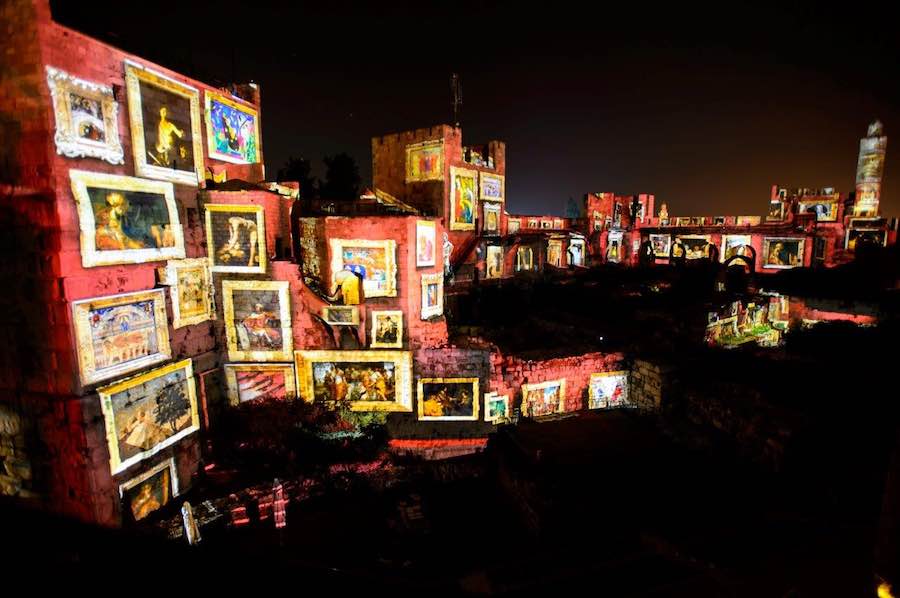
The new wing
A very exciting part of the renewal of the museum is the construction of a new wing. This will incorporate the historic Kishle building in which recent excavations have uncovered 3000 years of history in Jerusalem within one relatively small space. The building is actually a prison built by the Ottomans. It also contains artifacts and remains that trace Jerusalem from the days of the First Temple, through the era of King David, to the Crusader Kingdom and up to the struggle for the modern State of Israel.
Lieber explains that the international design team, Local Projects, will be designing the new wing. She says, “because we believe that our world-class site deserves the work of a world-class design team.”
Jake Barton is principal and founder of Local Projects. He says,“Having worked on projects like the 9/11 Memorial Museum and the National Museum of Australia, we understand that unique locations anchor a people. The Kishle building is like a mystery as it reveals the interlocking pieces of layer upon layer for all of Jerusalem’s many civilizations. The new technologies that we will use in the new wing will transport visitors through all the eras and layers of civilization that this one critical building holds.”
Making the citadel the gate to the city
The circulation of people around the museum will also change. “The museum, the ancient citadel of Jerusalem, is a beautiful, amazing building,” says Lieber. “Part of it was built 2000 years ago. The “modern” part is from the Ottoman period, which is 500 years old.”
Lieber points out that it was never meant to be a museum. “The entrance to the citadel is in the east,” she says. “When it was built, the city was very small – just a square kilometre. That kilometre is now the old City of Jerusalem.” However the ‘new’ city now lies to the west. “We want more people to enter the citadel. And for the citadel to be the gate to the city,” says Lieber. To facilitate this, the renovation also will include a new glass entrance from the western side of the citadel. This will connect to the outdoor Mamilla mall through the ancient Byzantine bathhouses under the Jaffa Gate.
“The exit is now going to be towards the old city,” Lieber says. “We are the gate to Jerusalem, right on the entrance to the four quarters of the old city. So everybody is invited to know more about Jerusalem, even if they’re not going to enter the museum.”
Widening the scope of the Tower of David museum
The exhibition programme will, naturally, showcase artists who have taken their inspiration from Jerusalem. However Lieber is keen to widen its scope. “Why not invite artists from all over the world, from historical cities? We share parts of history with other places – Ancient Rome of course – but also modern day cities. We can also host artists from all over the world and learn from their experience and knowledge.”
“The Tower of David is part of the uniqueness of Jerusalem,” says Eilat Lieber. “It is not a symbol, a postcard, but a vibrant museum. It’s the heart of Jerusalem.”
All images kind courtesy the Tower of David Museum.
